Vienna is one of the few cities that elegantly combines the old with the new and opens its doors to all who are eager to discover the splendor, grandeur and zest for life of the former capital of the Austrian Empire.
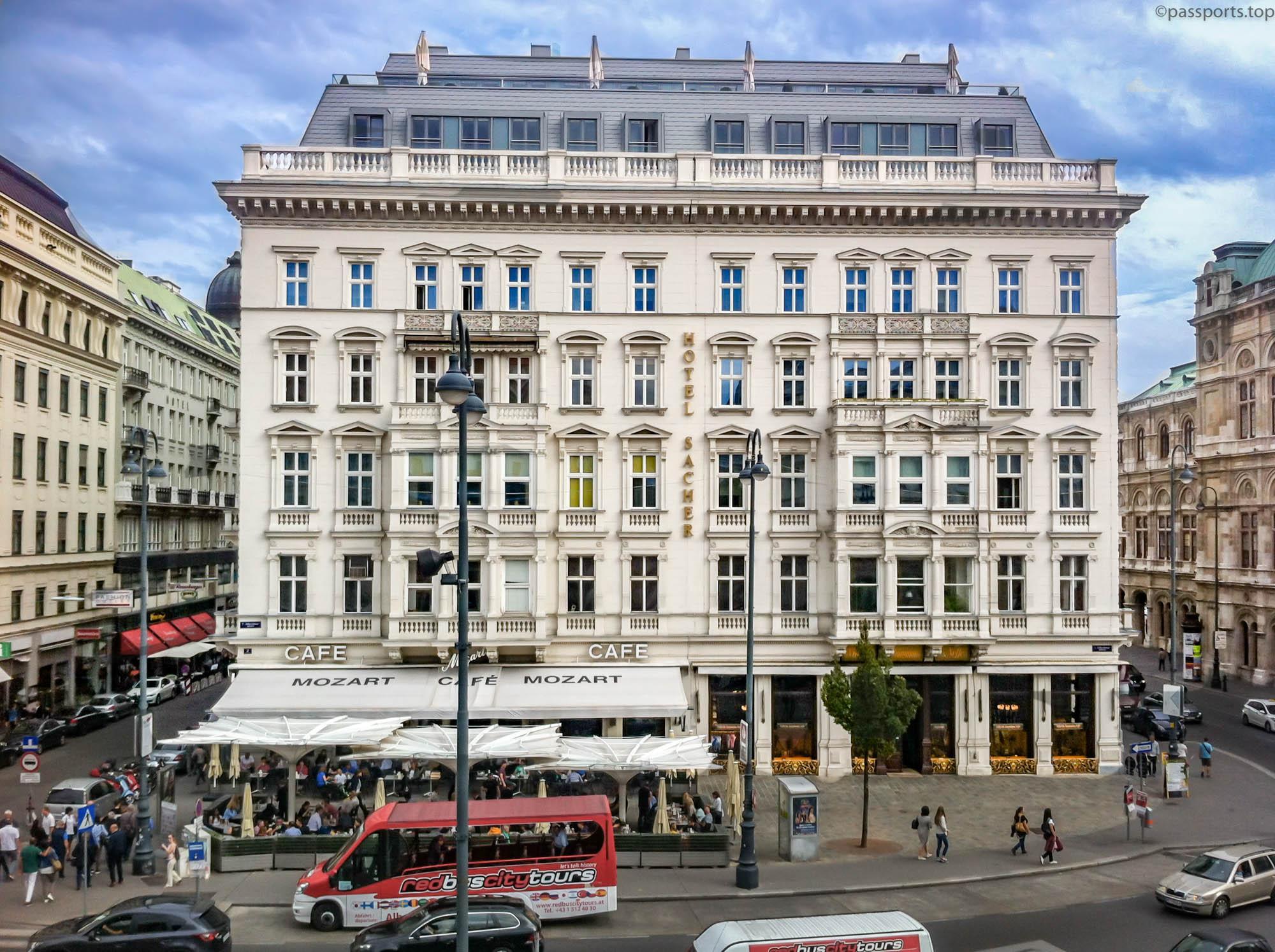
An emblematic city with an impressive past, Vienna can be presented today as a work of art in its entirety, offering tourists a unique experience – from monuments, museums, concert halls, to centers or shopping streets.
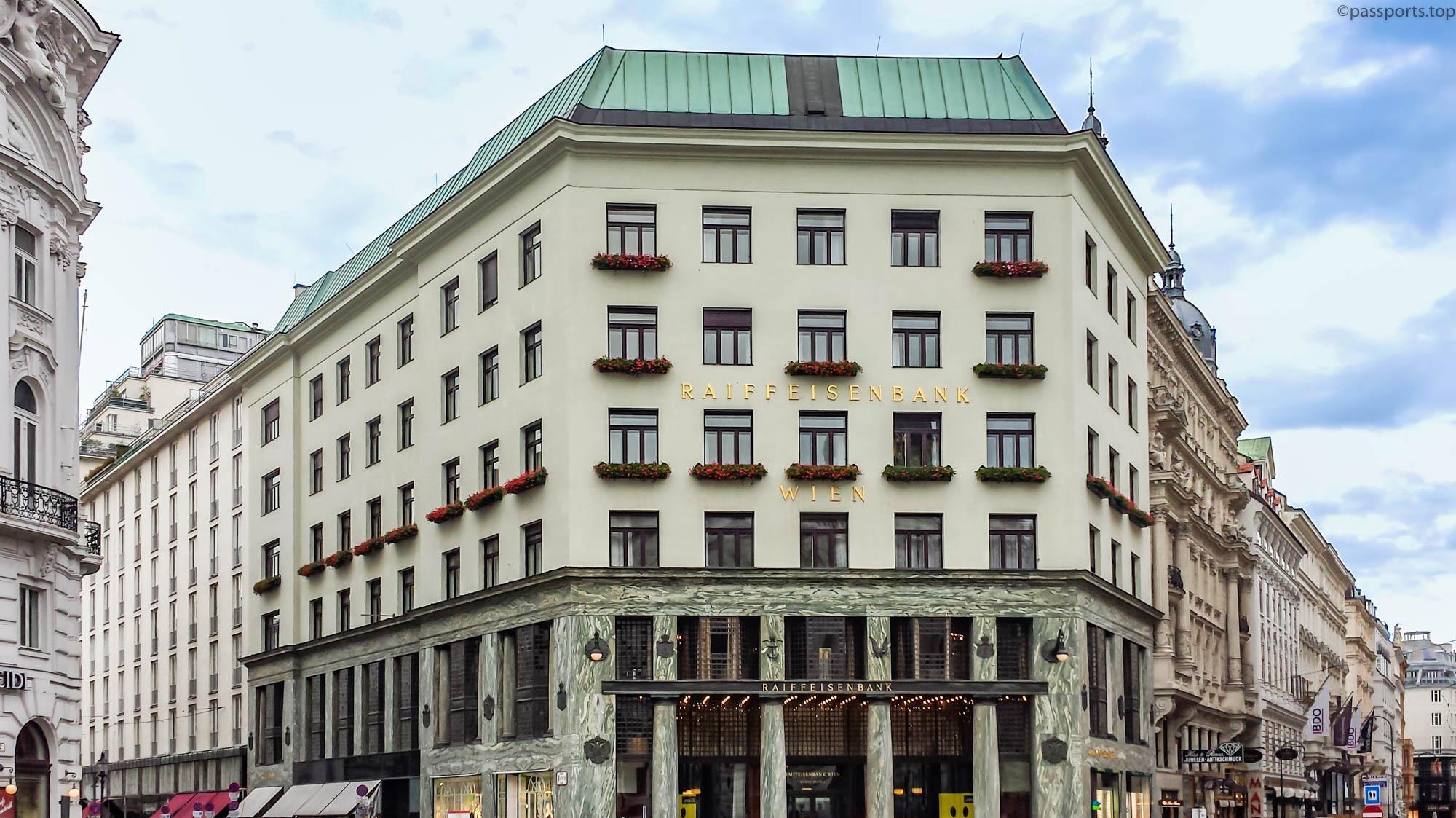
We were in Vienna in 2015 and visited the city with the Vienna Pass. For 48 hours we paid 82€/person and it includes entrances to museums, public transport, cruises on the Danube and Hop On Hop Off bus tours. The card can be ordered online and then picked up at the airport or city center. On the website you can also find a brochure with the museums to which the entrances are included.
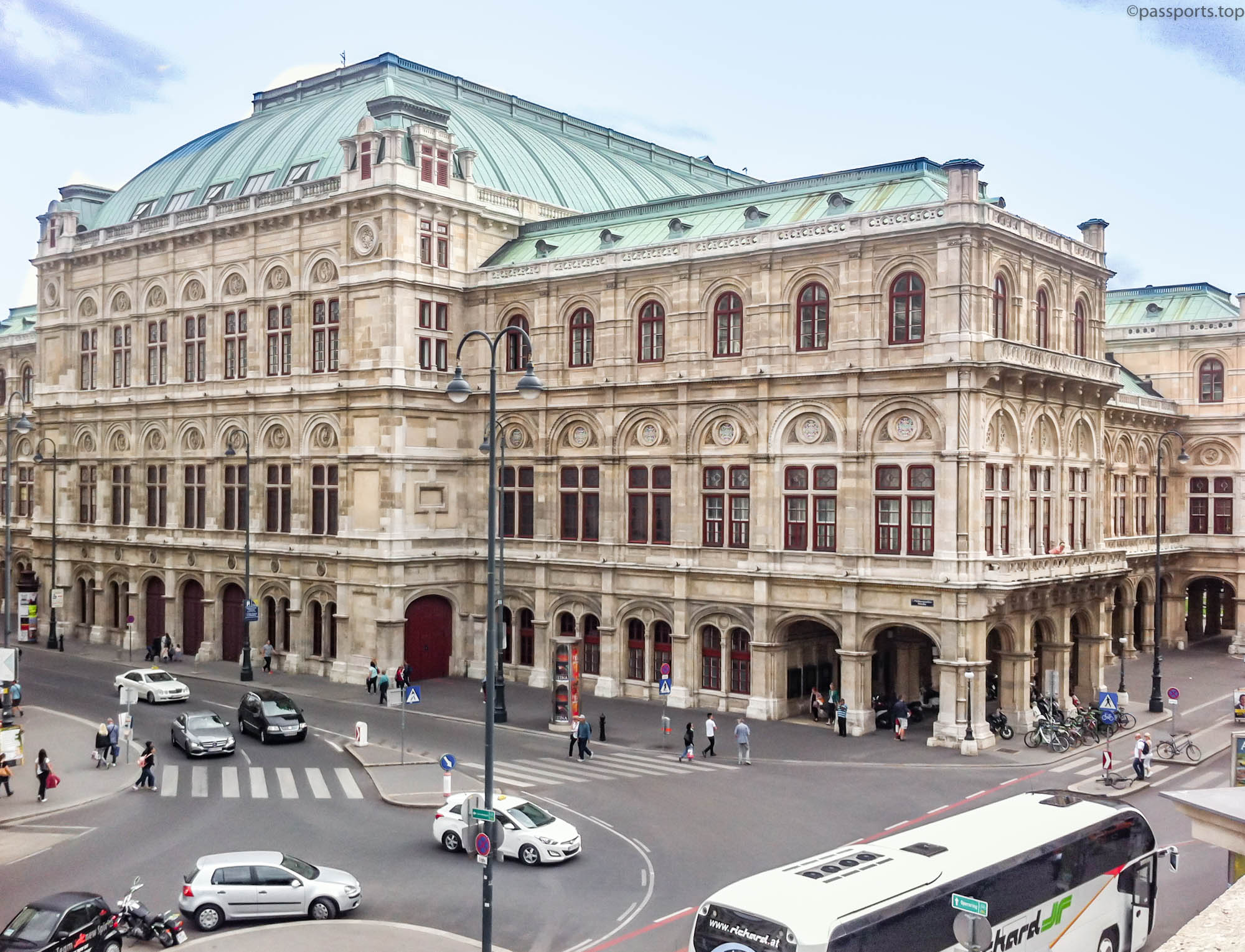
Although it is a typical European city, similar to Rome, Paris or London, Vienna is easy to visit, with most attractions located in the center.
Top tourist attractions
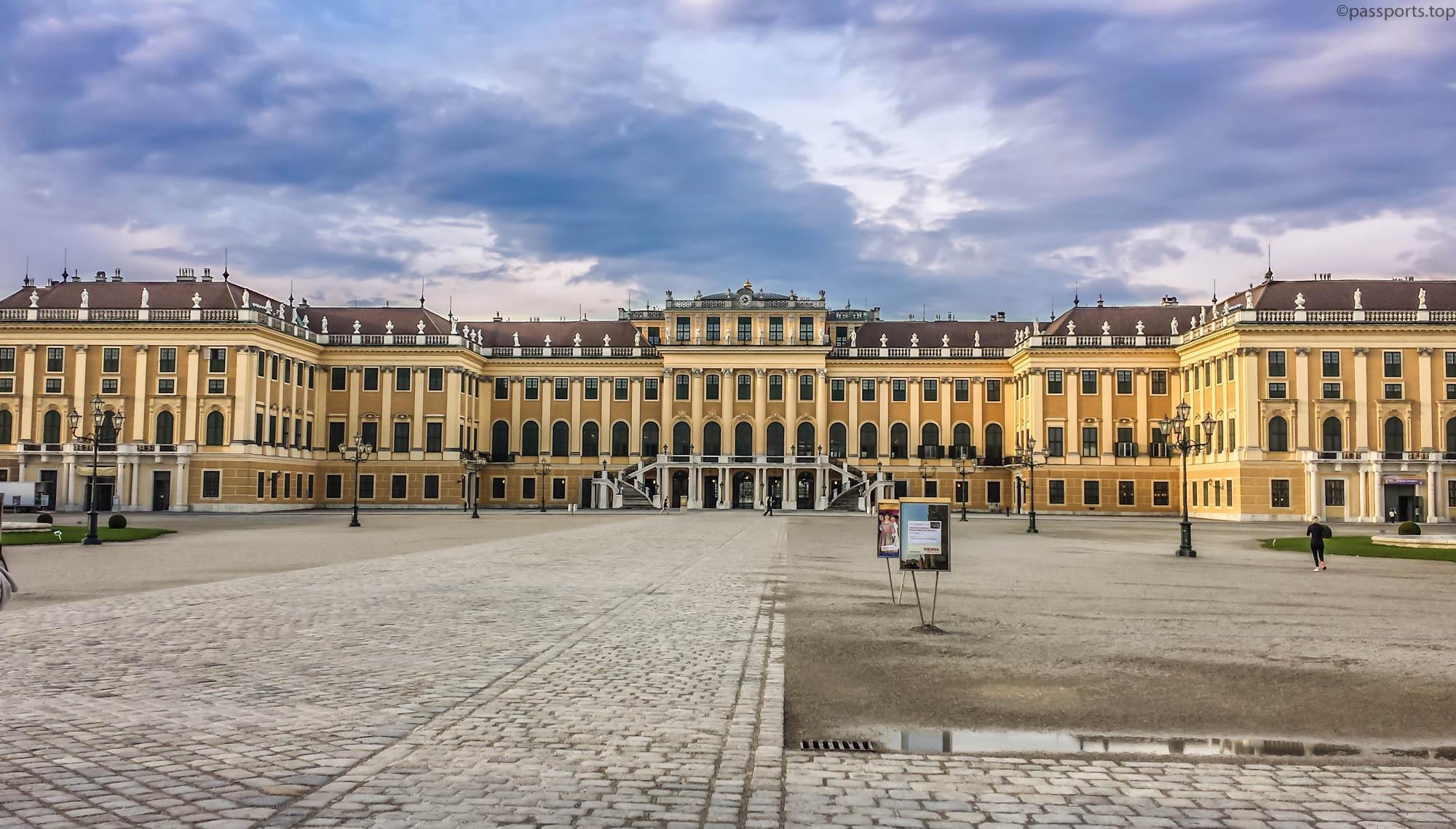
Schönbrunn Palace (Schloß Schönbrunn) – the former summer residence of the Habsburg imperial family is one of the most impressive works of Baroque architecture.
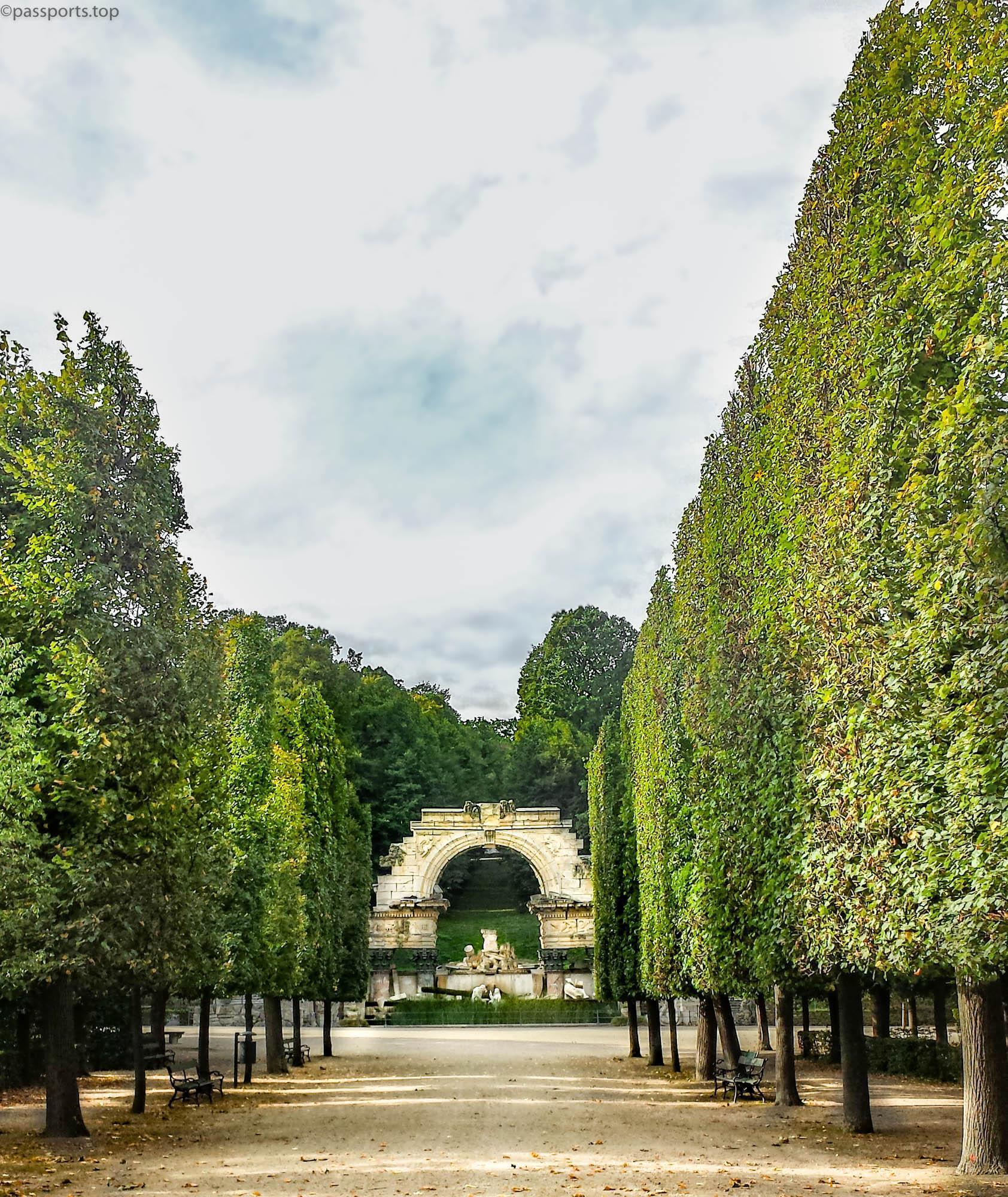
Legend has it that Emperor Maximilian II purchased the land on which the palace stands today and in 1569 converted the existing castle into a hunting lodge. His son, Emperor Mathias, during a hunting party came across a meadow and exclaimed “So ein schöner Brunnen” (“what a beautiful fountain”) – hence the name Schönbrunn.
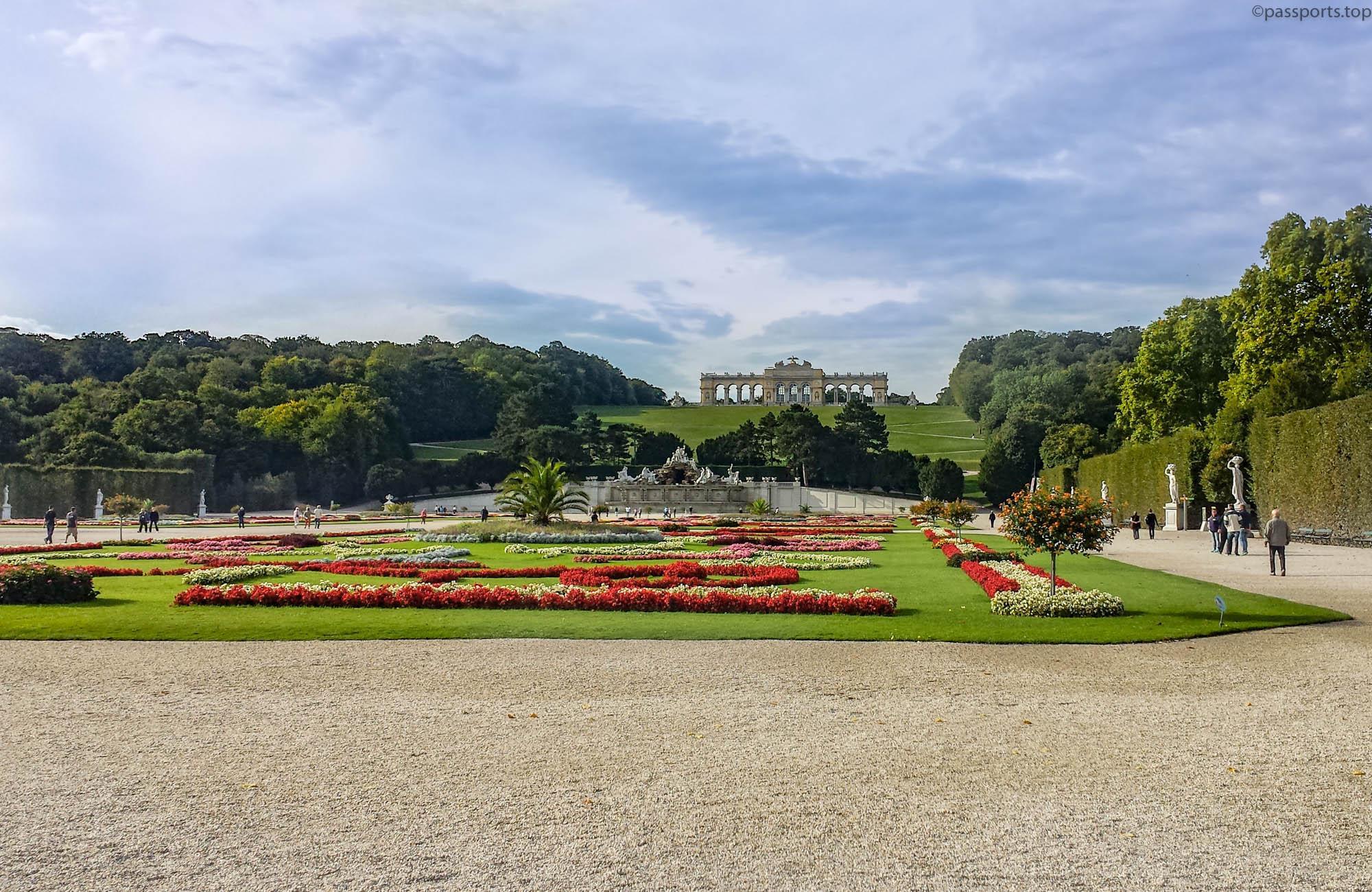
The palace is worth visiting not only for its magnificent architecture, but also for the gardens that surround it and the world’s first zoo.
Schönbrunn houses 1,441 rooms and suites, including those once used by Empress Maria Theresa.
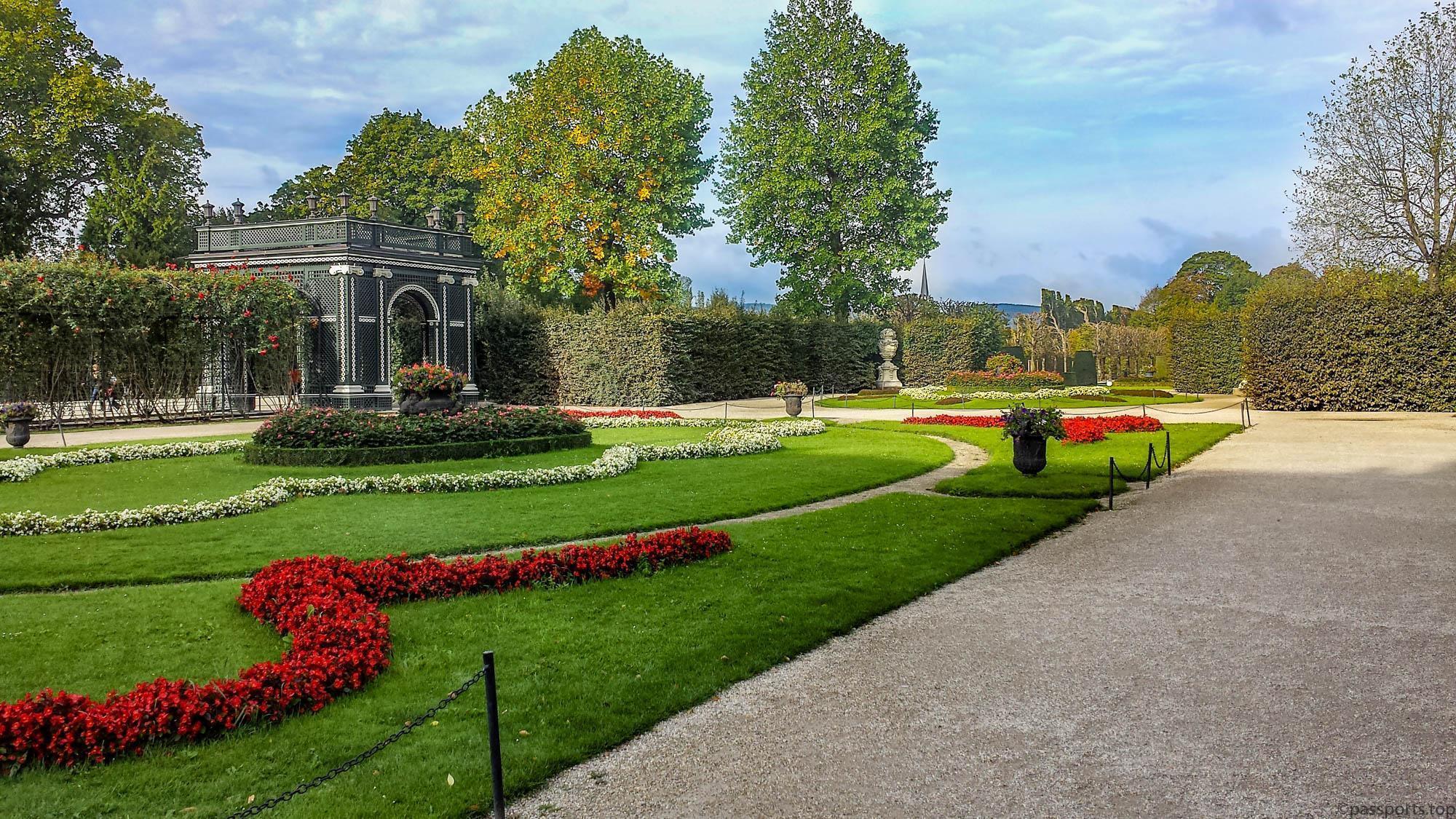
The park and gardens are another point of attraction, being included in the UNESCO World Heritage. Inside the park are statues, buildings, labyrinths, greenhouses and fountains.
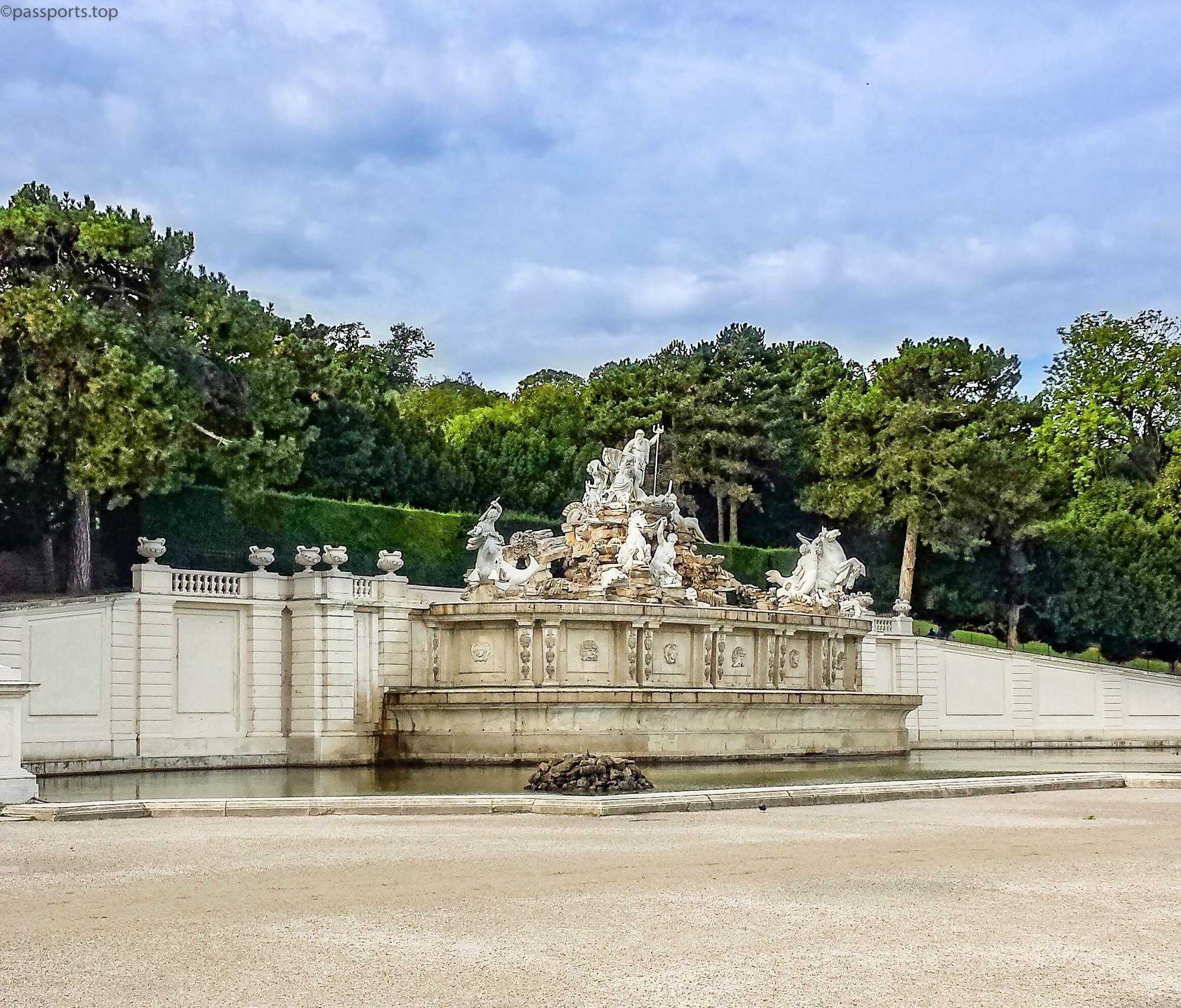
One of the highlights is Neptune’s Fountain – a baroque sculpture depicting a mythical scene featuring the Sea Goddess Tethis, her son Achilles and Neptune.
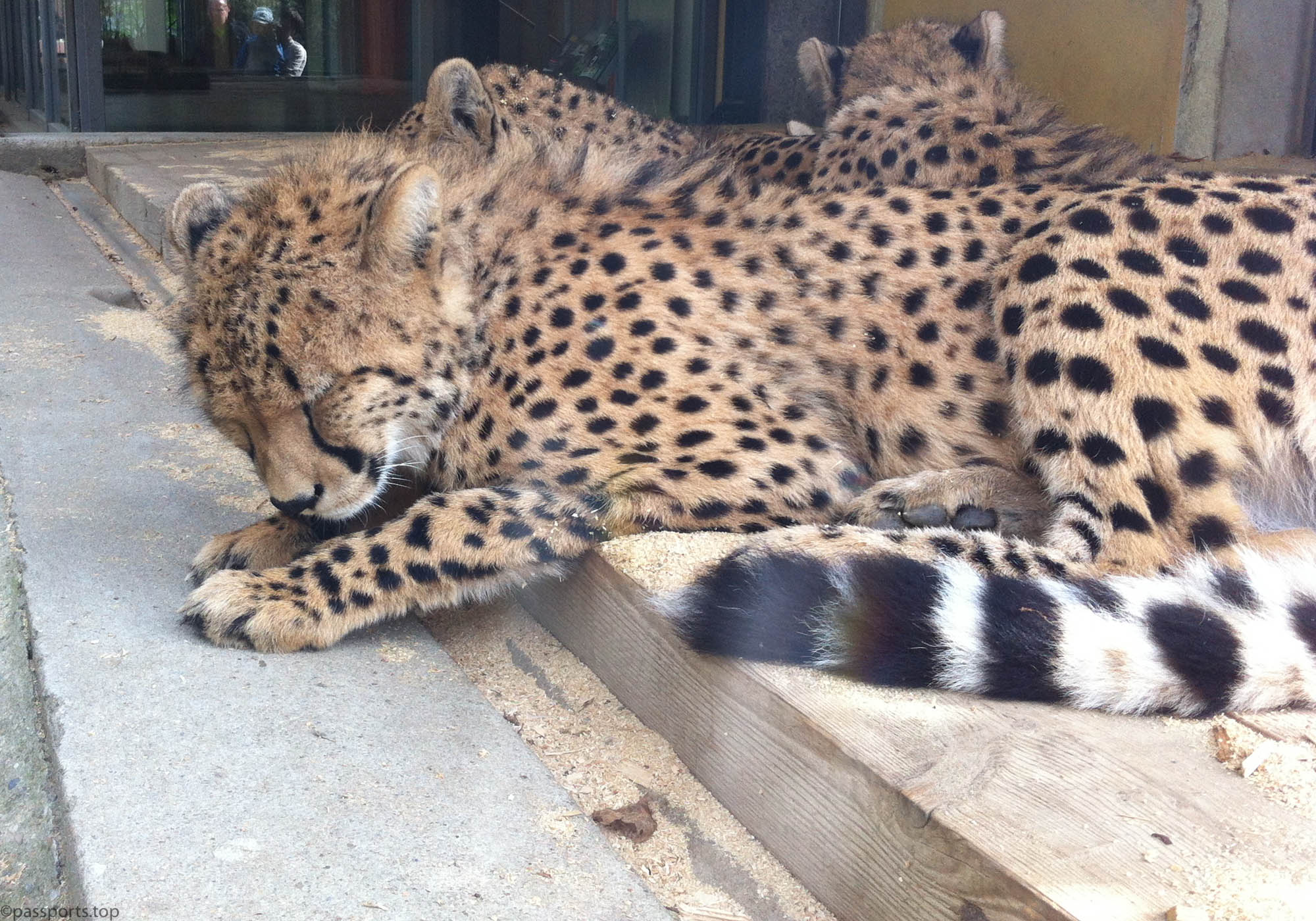
Crossing the gardens can also be done with a little train, which reaches the Zoo – the first zoo in the world dating back to 1752 and housing over 750 species of animals.
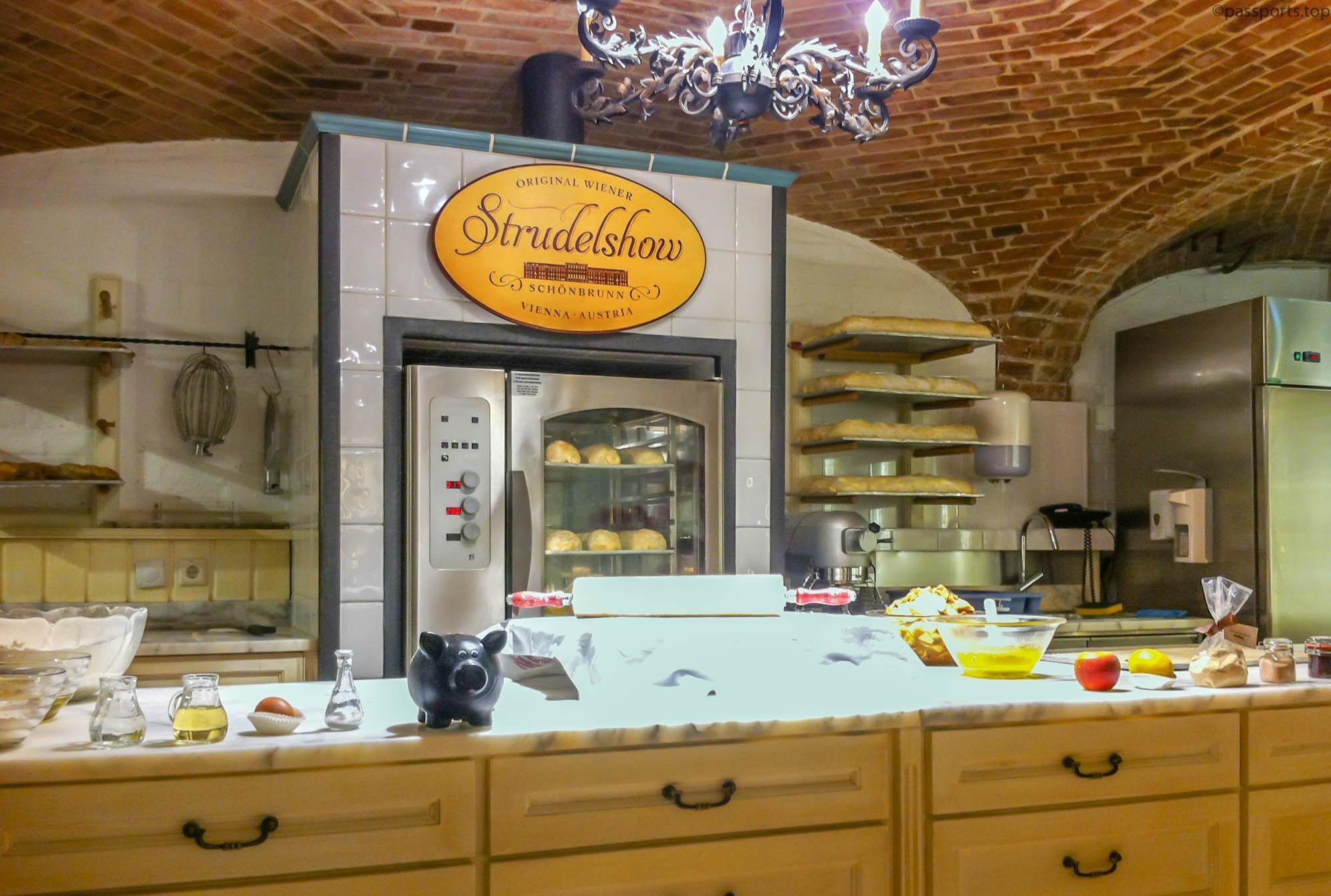
We included the imperial tour of the Palace (22 rooms) and free audio guide with the Vienna Pass, plus entrance to the Zoo, the gardens, the labyrinth and entrance to the Palace kitchen, where we saw how it is prepared and tasted the famous Viennese strudel. The ticket costs between €16/person (Imperial Tour) and €20/person (Grand Tour).
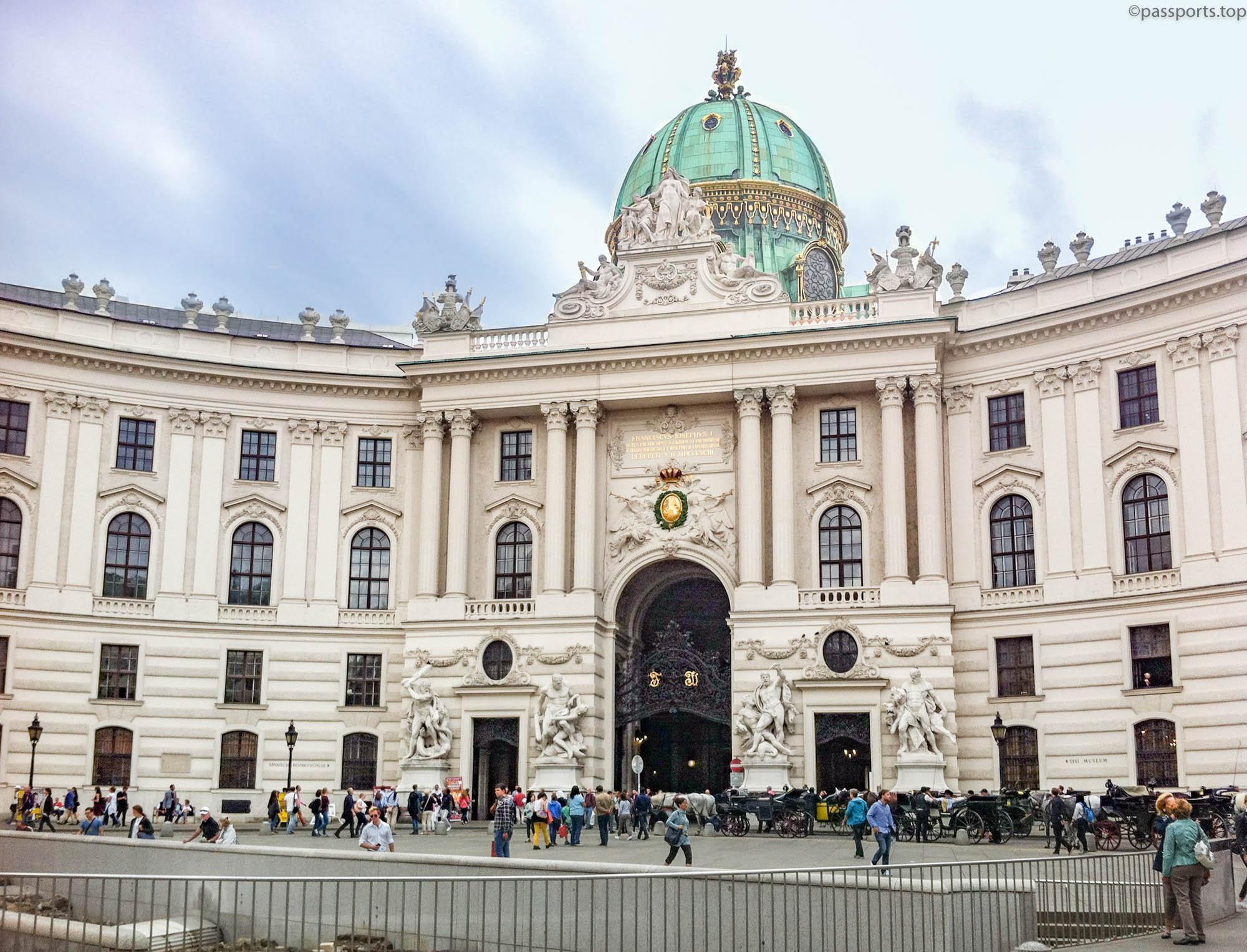
Hofburg Palace. For more than six centuries, the Hofburg was the official residence of the Austrian sovereigns, starting from 1275 until 1918. The complex comprises 18 groups of buildings, including 19 courtyards and 2,600 rooms, where important attractions such as the Sisi Museum, The Silver Collection, the Imperial Chapel and the Hofburg Treasury. Today, the Palace houses the offices of the Federal President, Ministers and State Secretary of Austria, as well as part of the National Library.
Entrance to the Palace costs between €14 and €30/person, depending on how many attractions you want to see. With the Vienna Pass, entry is free.
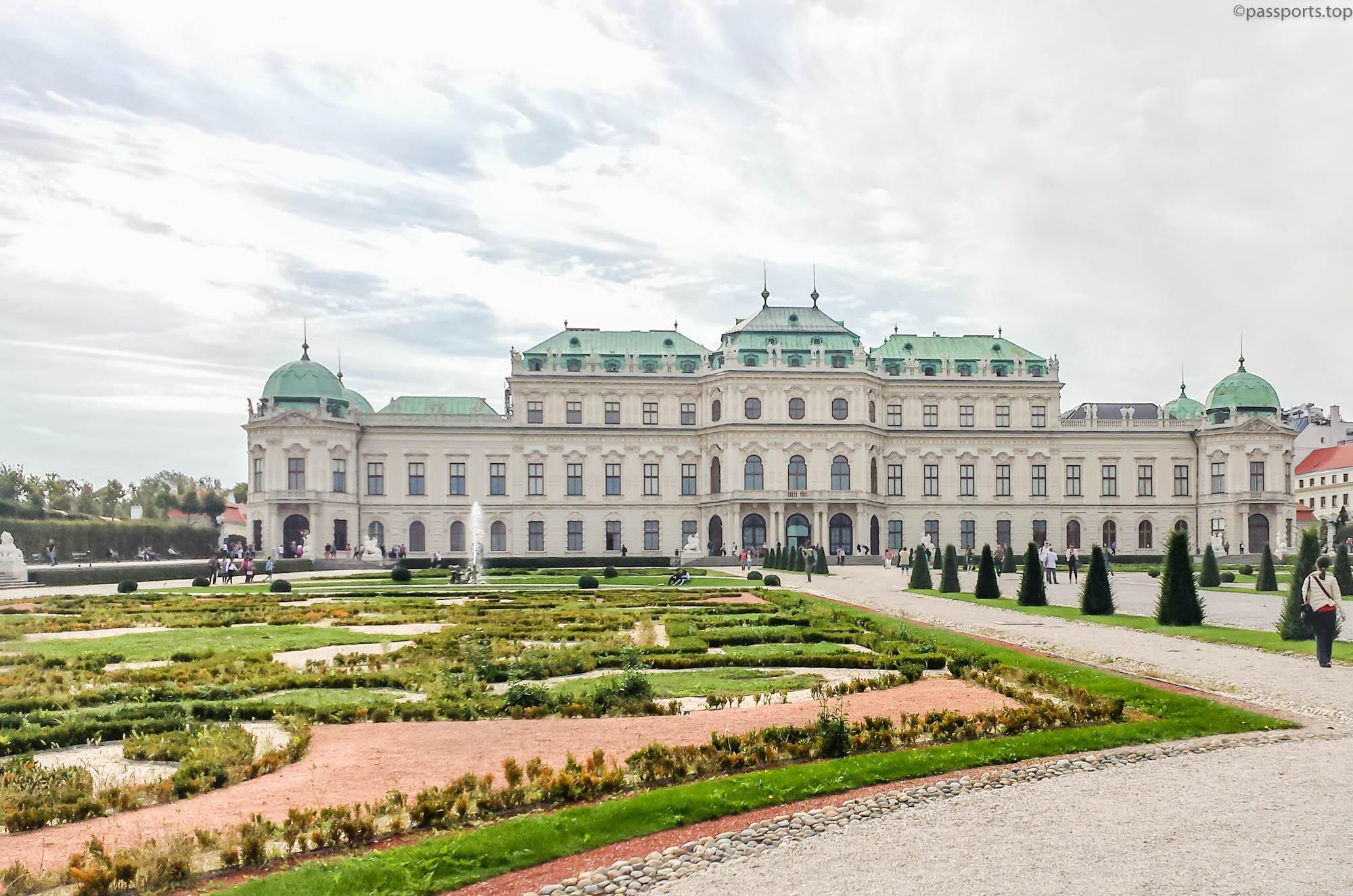
Among the most important attractions is the Belvedere Palace, built in the Baroque style for Prince Eufen of Savoy. The Belvedere domain includes two castles: Belvedere Inferior (Unteres) and Superior (Oberes). The two are linked by beautifully landscaped gardens with fountains, steps, statues and small waterfalls.
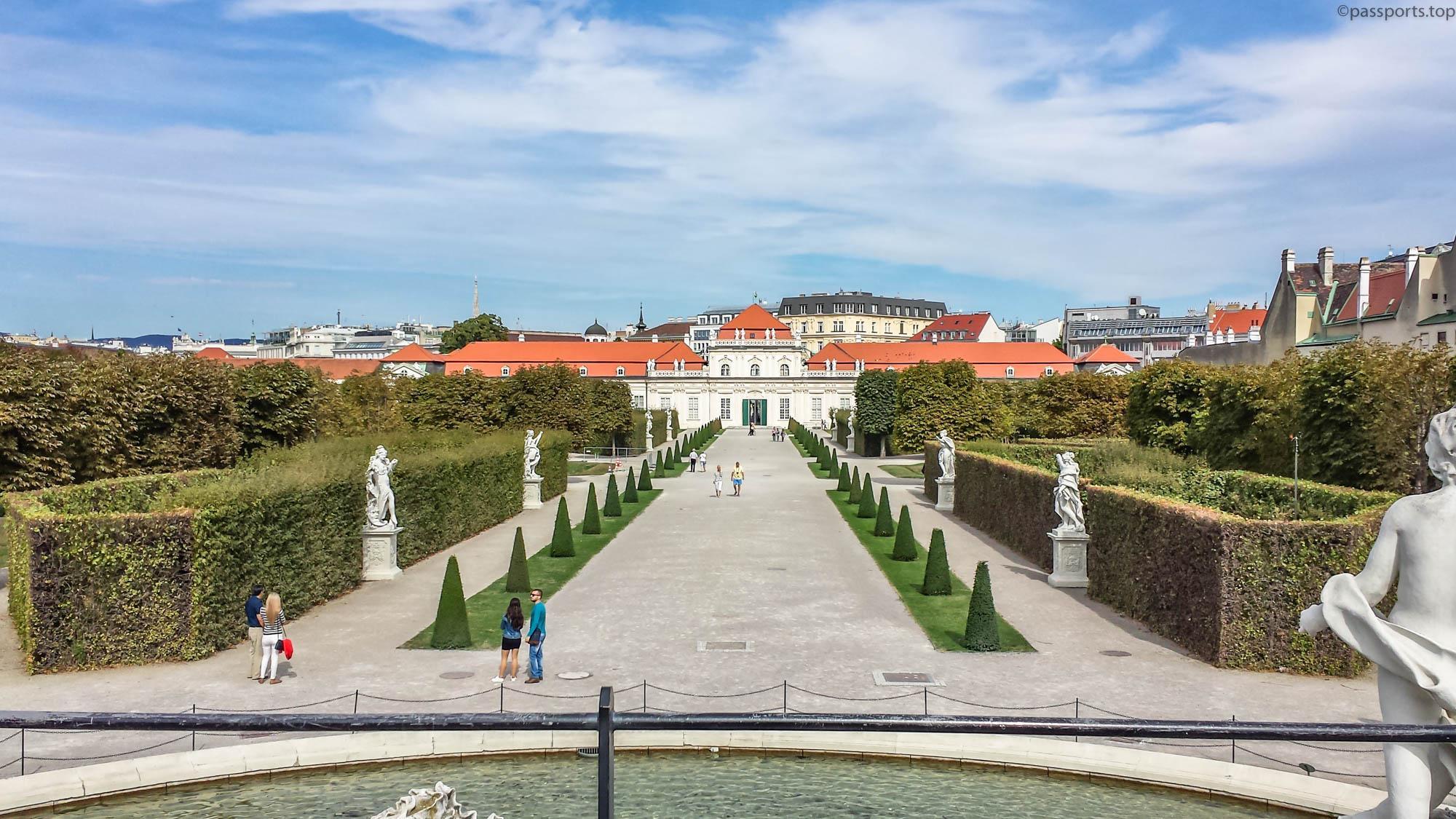
The two palaces house museums with rich frescoes, paintings and sculptures. In 1803, the first alpine garden was designed near the Belvedere Palace and today it houses over 4000 plants from the alpine ecosystem. The right time to visit the Belvedere is late spring – early summer, as the landscape is spectacular thanks to the flowering plants that give the gardens an explosion of color.
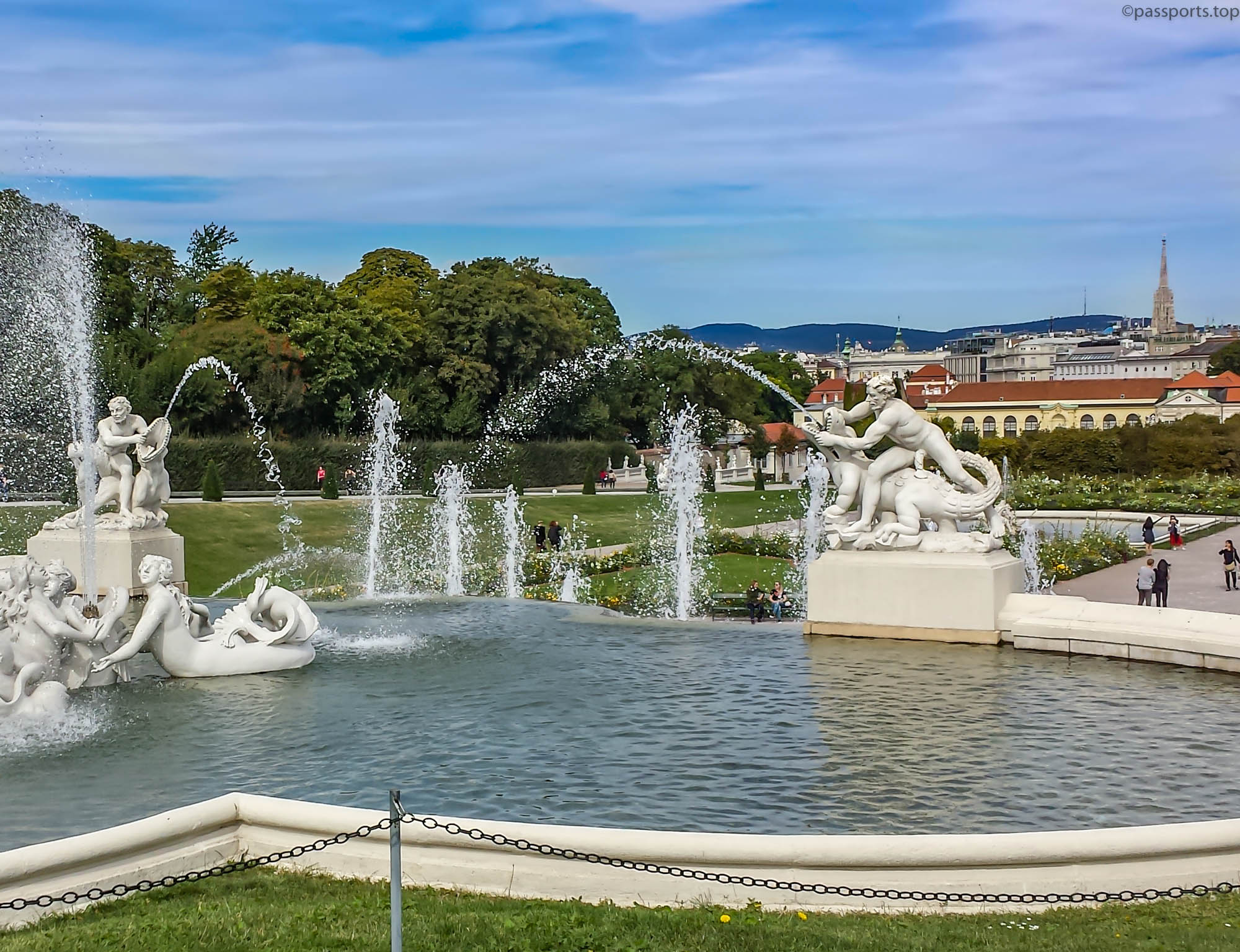
Entrance to the Palace costs between €16 and €19/person, depending on how many attractions you want to visit.
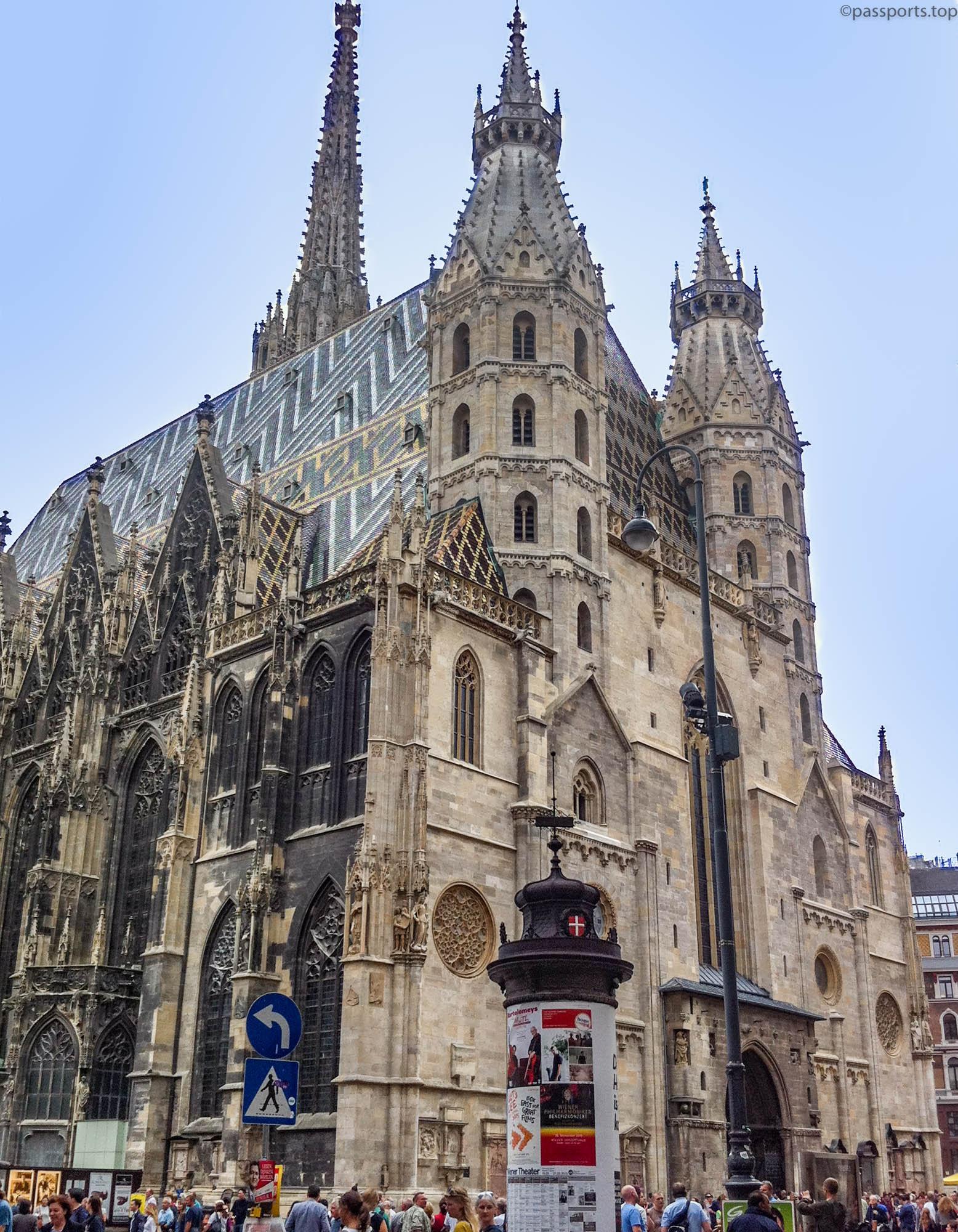
Saint Stephen’s Cathedral (Stephansdom) is a building built in late Gothic style in 1147 and is located in Stephansplatz. The cathedral is one of Vienna’s landmark monuments, with its Gothic exterior design, down to the dominating tower and main roof adorned with hundreds of colorful tiles that form an interesting pattern. Inside the church there are a total of 18 altars, several smaller chapels and even some tombs and catacombs.
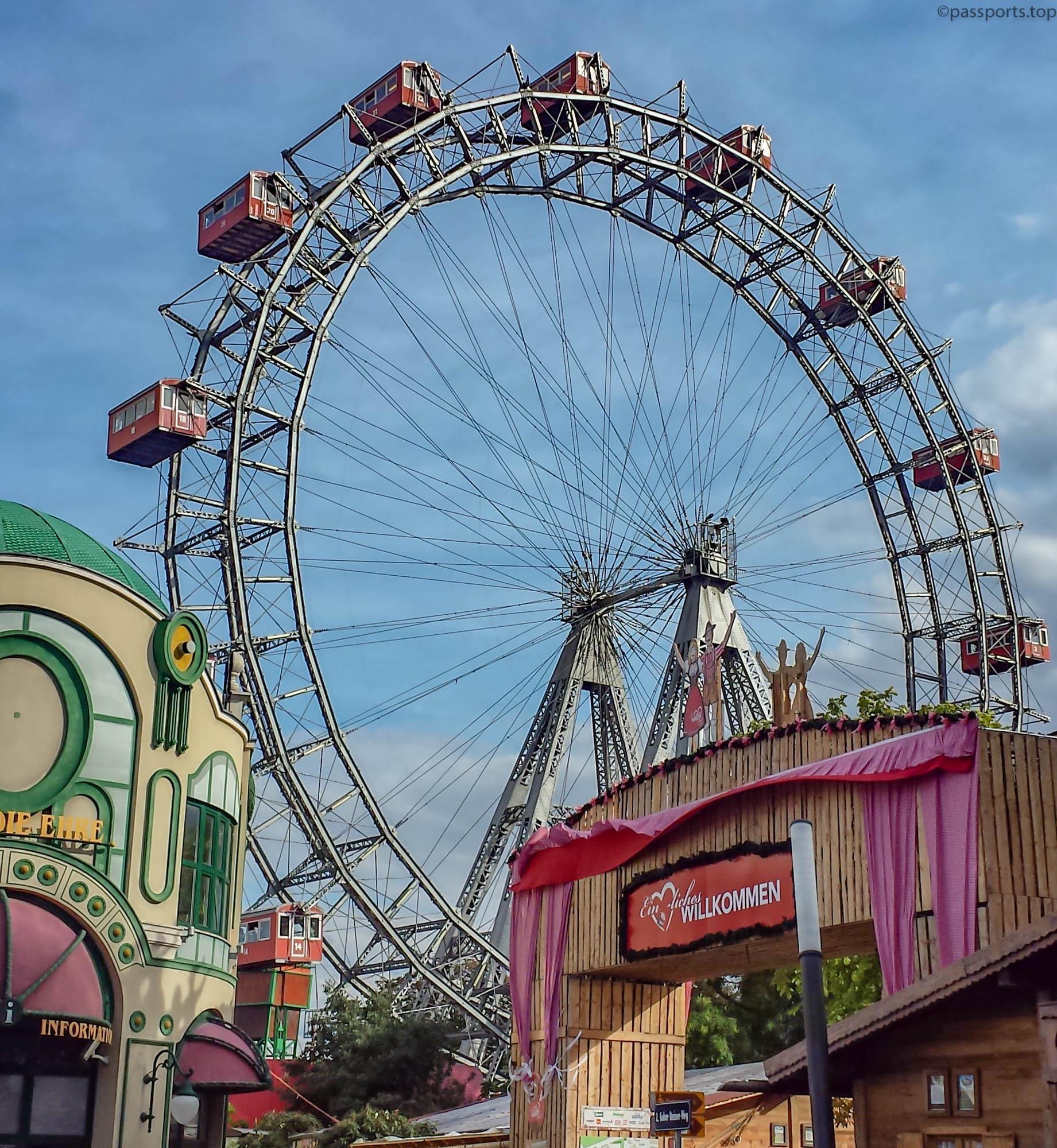
Is there a better way to experience life in Vienna than to have a fun-filled day at the Prater Park? The Wiener Prater Park was once a hunting ground that turned into a public space for food stands and stalls, and now houses the impressive amusement park.
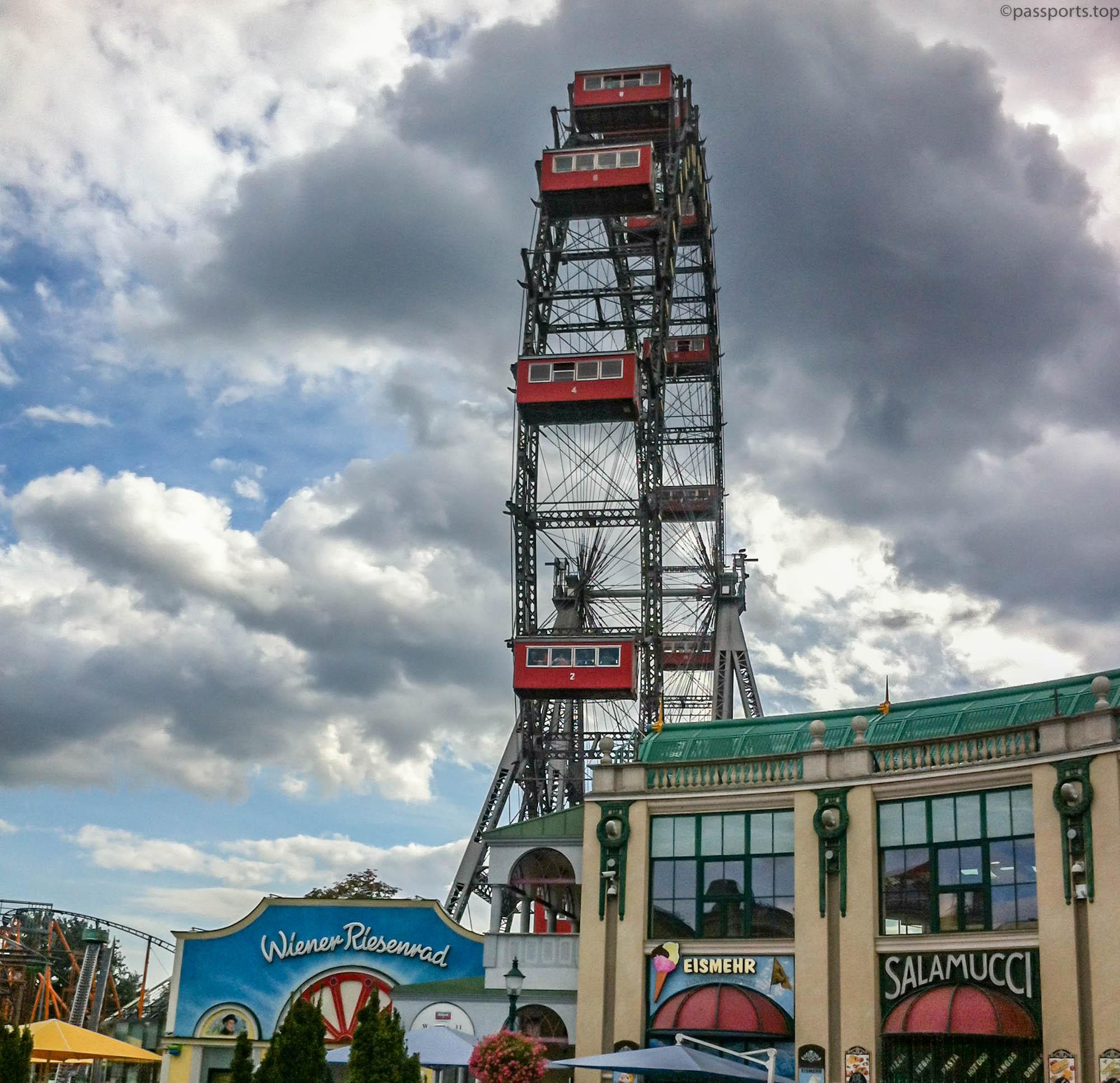
The most famous attraction is the huge wheel (Wiener Riesenrad) 65 meters high from where you can admire Vienna (ticket price: €12/person, free with Vienna Pass). In addition to this, the park also includes 250 other attractions, such as little trains, carts, mountain rousses, carousels, minigolf, but also cafes and terraces.
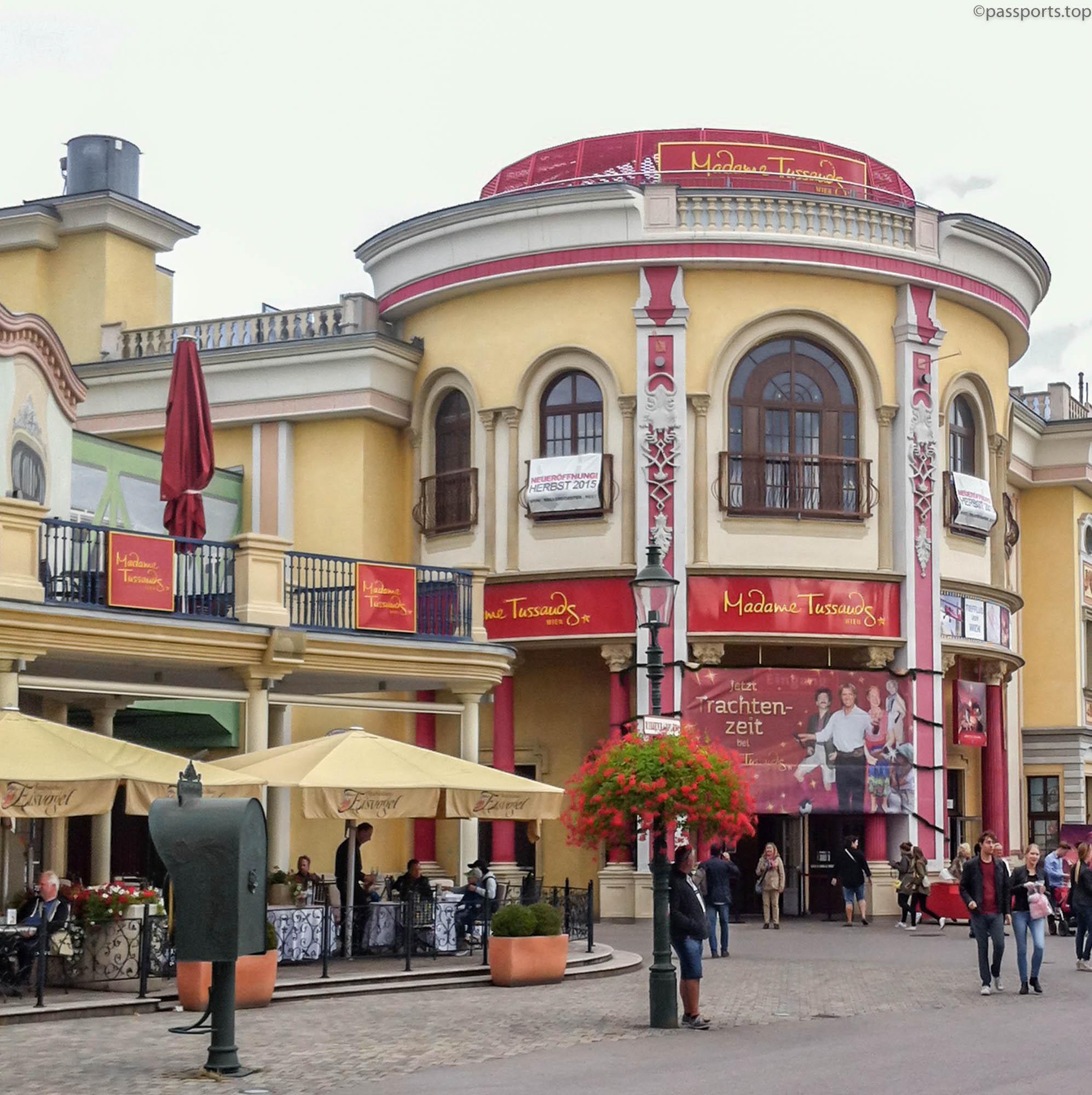
Also in the park is the Madame Tussauds Museum – the famous wax museum, with over 80 figures, including: Emperor Franz Joseph and his wife, Sisi, Mozart, Maria Theresa, Einstein, Johnny Depp, Angela Merkel, Barack Obama and many others. The ticket price is €24/person, €16.8/person if you purchase the ticket online or free with the Vienna Pass.
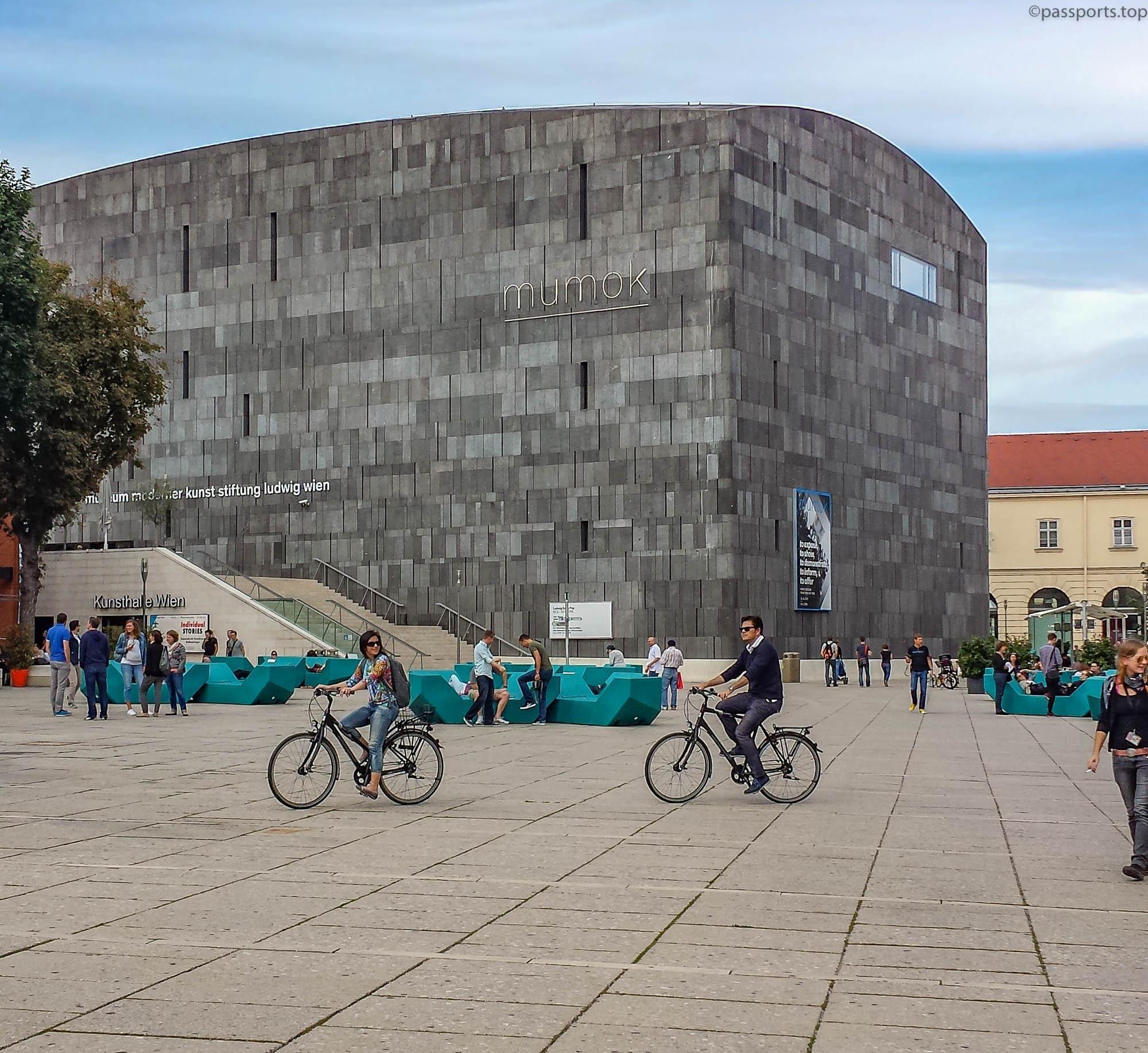
Near the Hofburg Palace is the Museum Quarter is one of the largest spaces of contemporary art and culture and an oasis of relaxation located right in the heart of Vienna. The MuseumsQuartier offers a wide range of cultural events, recreation areas, courtyards, cafés, shops and museums such as the Leopold Museum (displaying works of art from the 19th and 20th centuries) and the MUMOK (Museum of Modern Art).
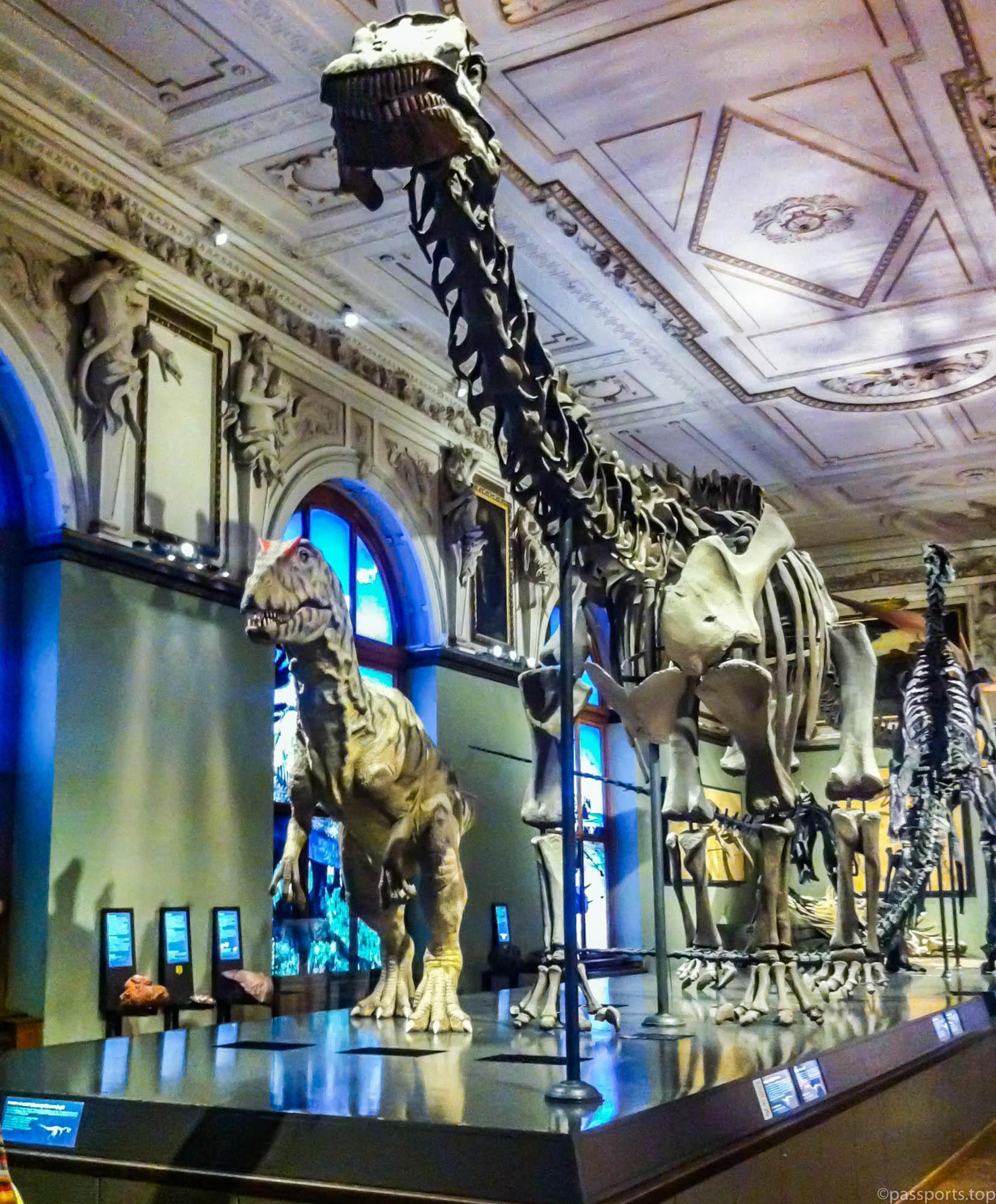
The Natural History Museum (Naturhistorisches Museum/NHM) houses in one of the most beautiful buildings of the city extensive collections of minerals, meteorites, dinosaurs, precious stones, fossils, prehistoric animals and many other exhibits. With over 30 million objects, the museum’s collection is one of the most important in Europe.
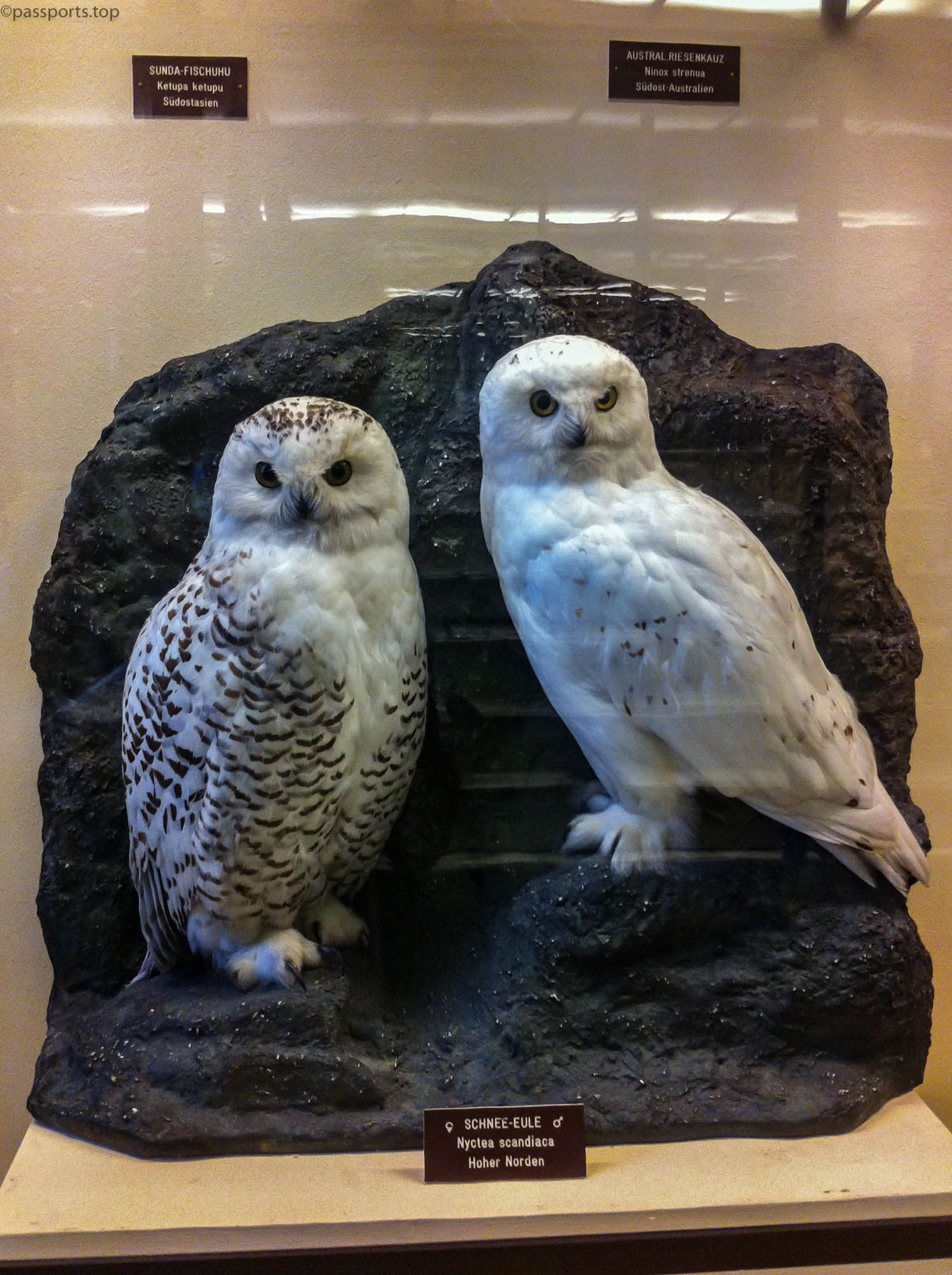
This fascinating place also has a digital planetarium where you can watch movies about the earth and its development. A standard ticket for adults costs €12/person, and with the Vienna Pass entry is free.
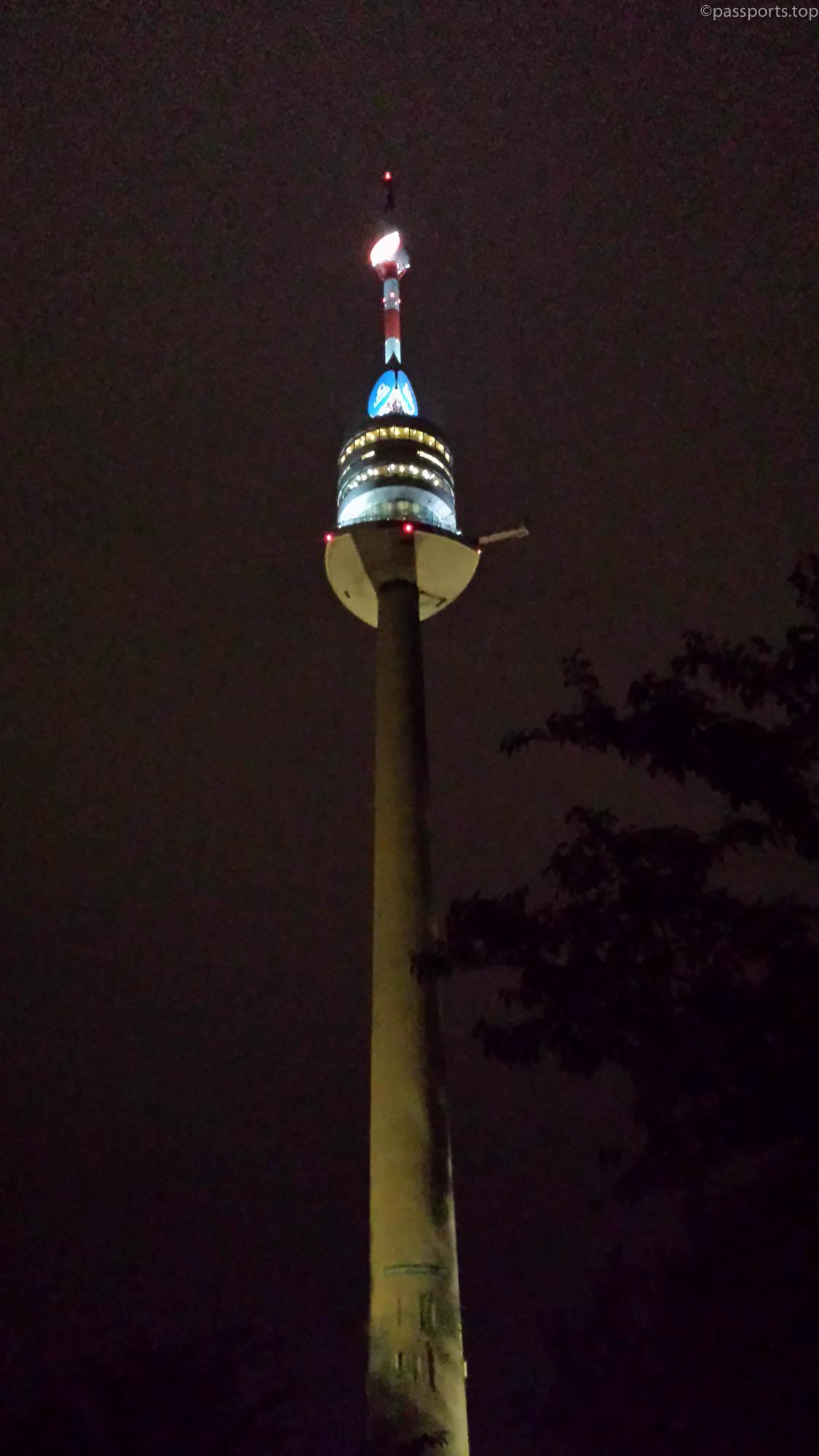
Listed in the 75 tallest towers in the world, with a height of 252 meters, the Donauturm (Danube Tower) is an observation tower in the Donaustadt district that offers a fantastic and different way to see Vienna and the Danube. Located in one of the most beautiful and largest parks in the city, Donaupark, the tower offers visitors an unforgettable 360° panorama, a restaurant, a cafe and a souvenir shop. The ticket costs €14.5/person (free with Vienna Pass).
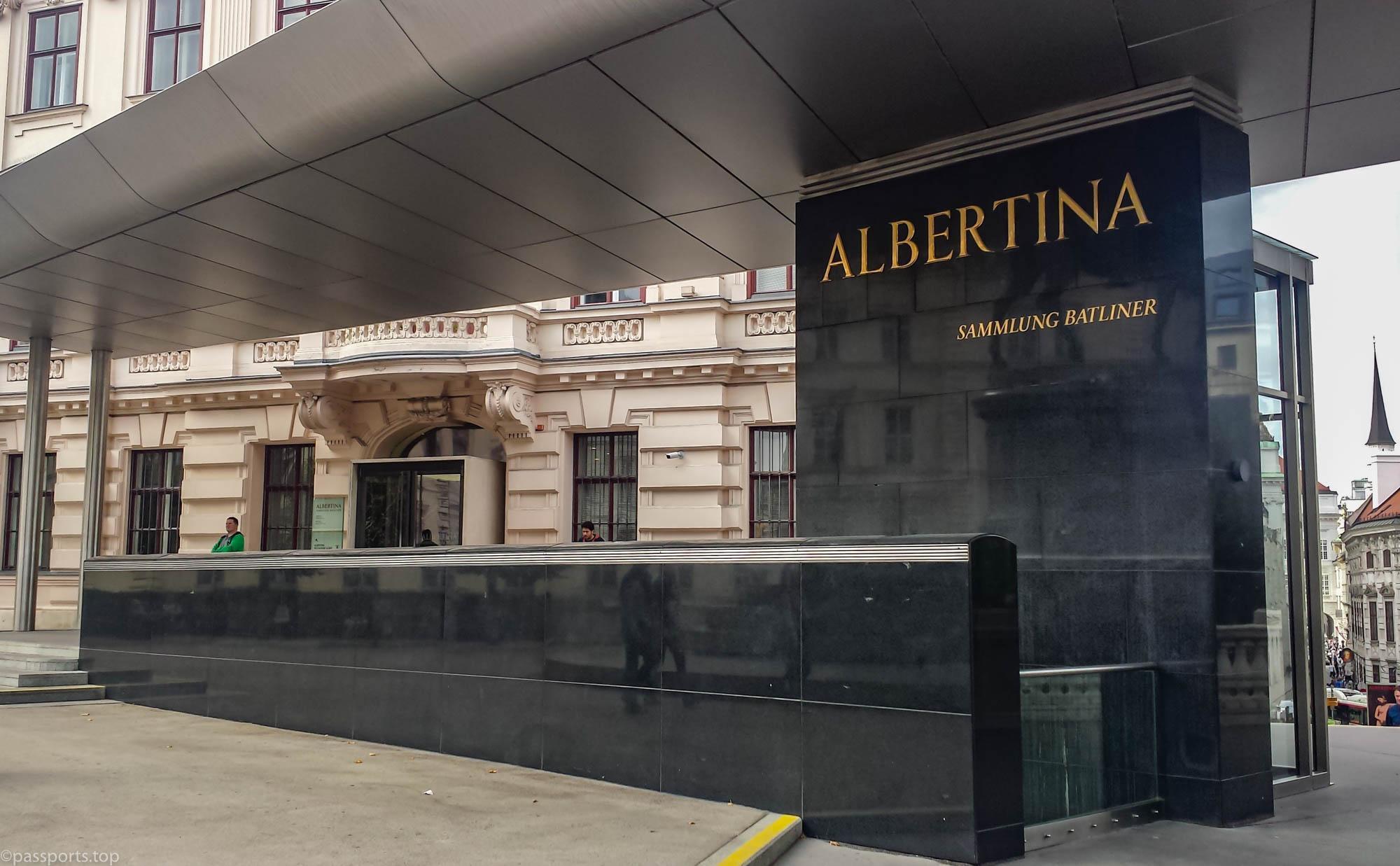
The Albertina Museum has the largest and most valuable graphic collections in the world and includes over one million prints and 60,000 paintings and drawings.
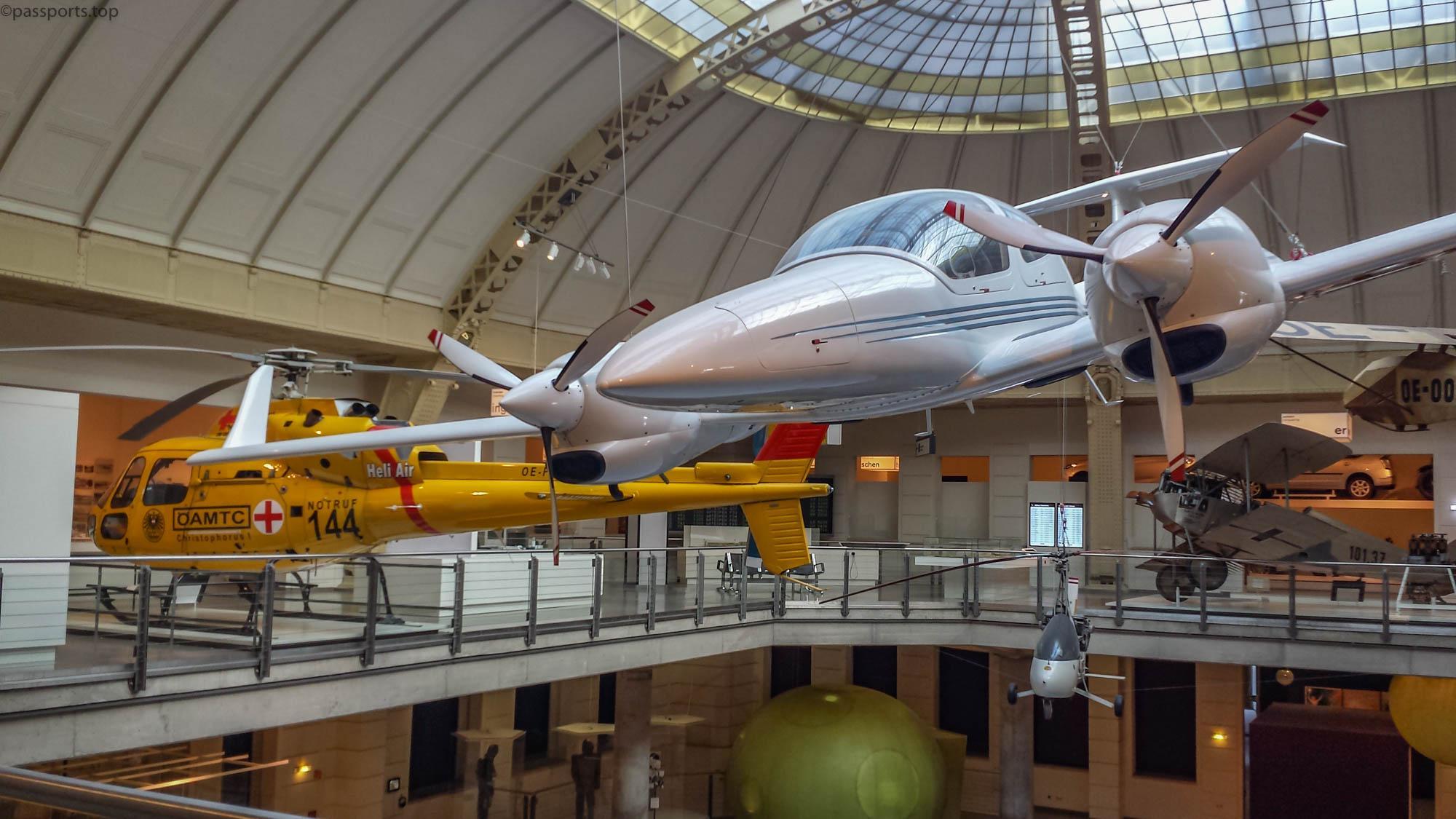
The Technical Museum (Technisches Museum Wien) presents an interactive exhibition with original pieces in a space of 22,000 square meters: an extensive railway collection with more than 60 exhibits, massive models of boats, airplanes or old musical instruments. The museum has acquired all kinds of objects and devices from all fields: science, physics, astronomy, energy, transport, electronics and everything related to technology. The price of a ticket is €14/person and free with the Vienna Pass or for people under 19.
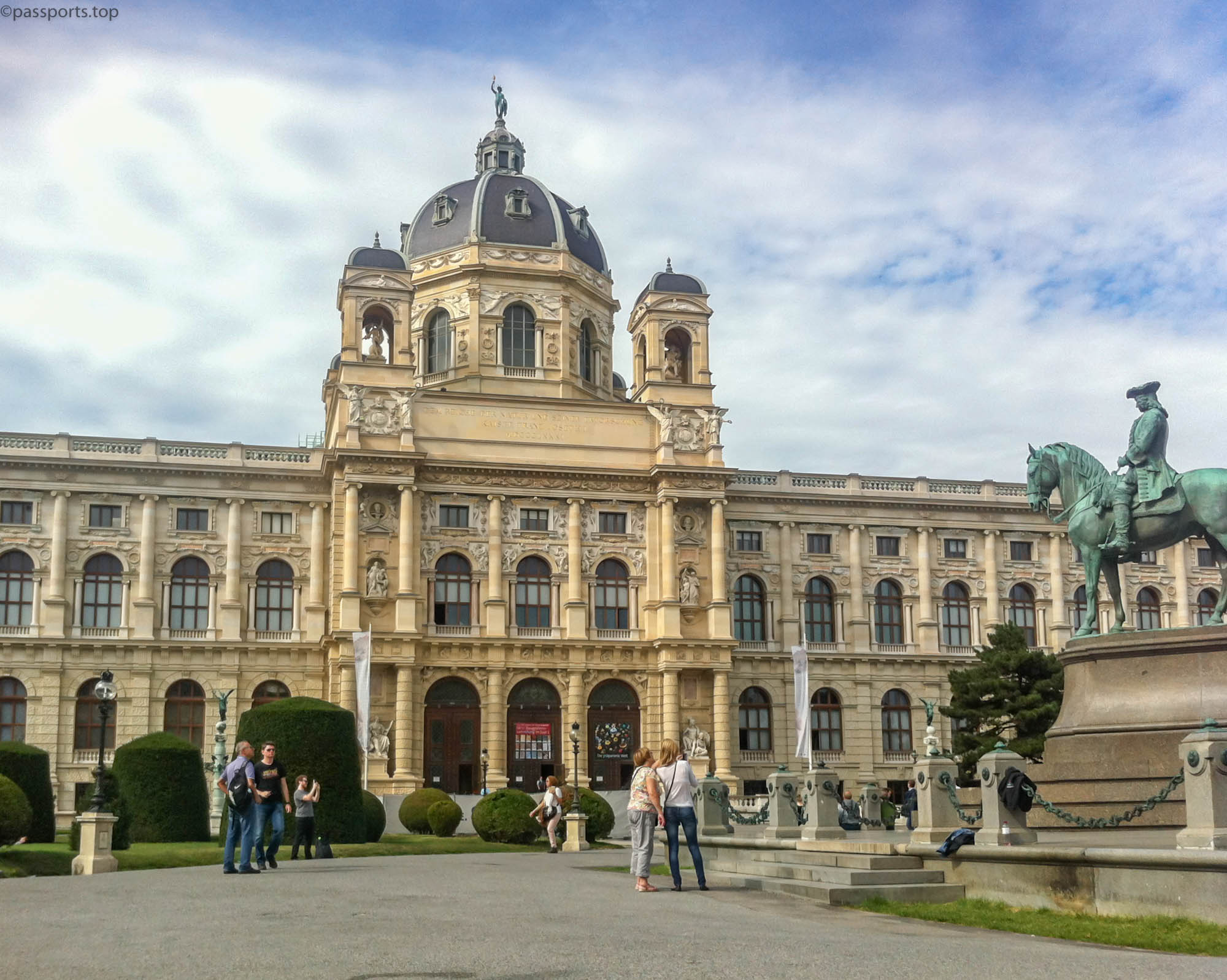
The Art History Museum (Kunshistorisches Museum) was built in 1891 next to the Imperial Palace to house the extensive art collections of the Imperial family. It is considered one of the most eminent museums in the world and houses many major works of European art history, ancient sculptures, Egyptian antiquities and paintings from the 15th to 18th centuries. The ticket costs €16/person (free with the Vienna Pass).
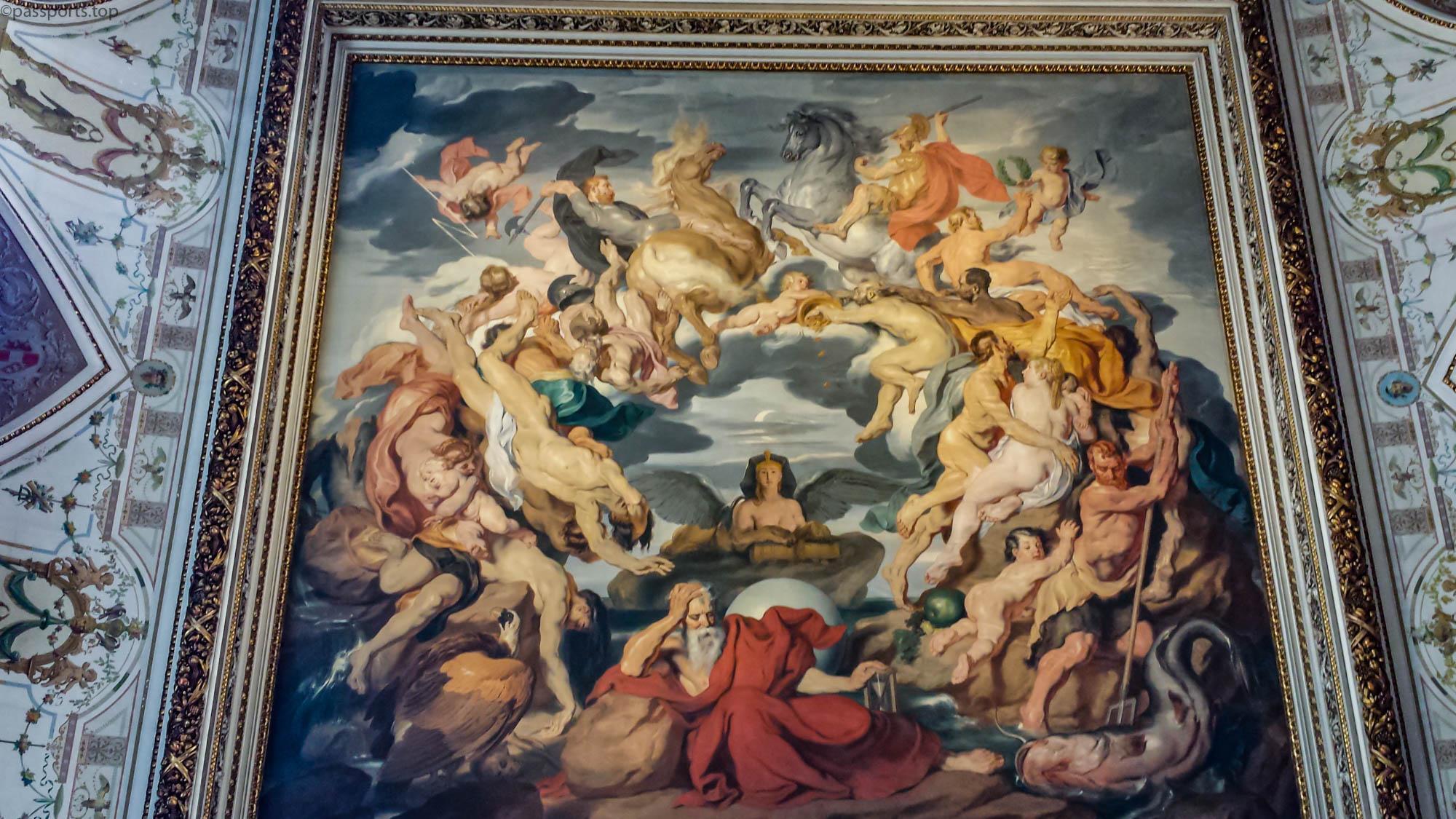
Vienna is an important center for Austrian culture, economy and politics. Dubbed the City of Music or the City of Dreams, Austria’s capital is world-renowned for its wealth of imposing old buildings, colorful gardens and stunning museums, ranked as one of the world’s most vibrant cities. Over time it has remained a popular tourist destination, a haven in Central Europe where its residents enjoy a high quality of life.
(Vienna – October 2015)

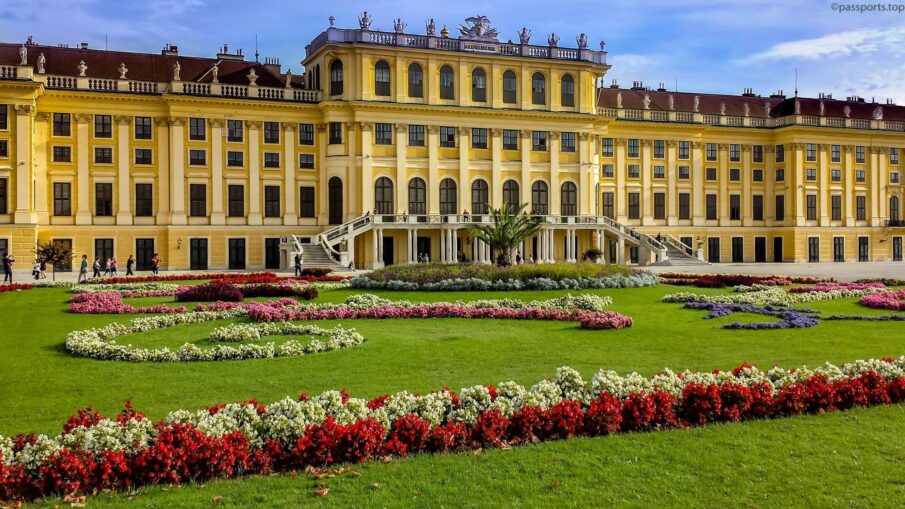
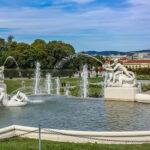
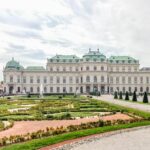
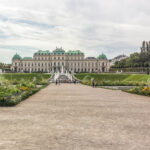
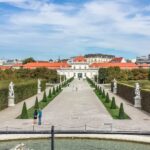
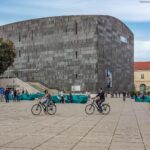

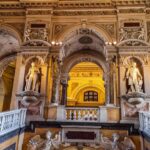
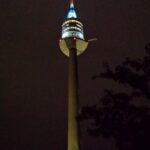
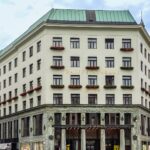
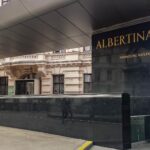
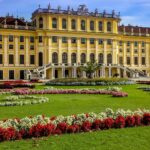
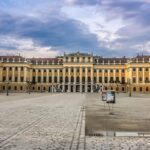
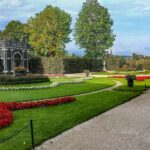
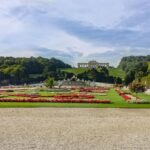
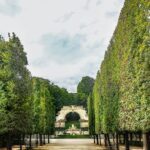
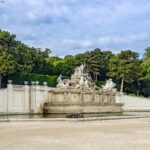
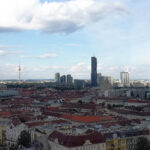
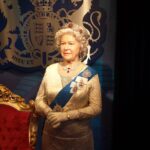

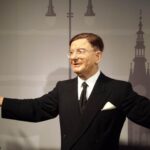
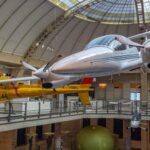
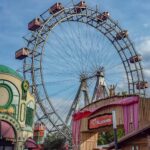
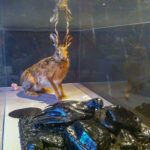
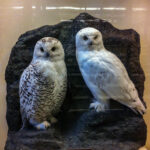
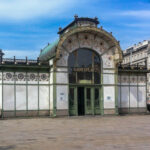
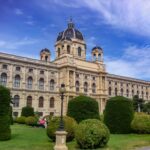
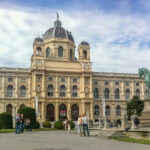
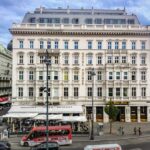
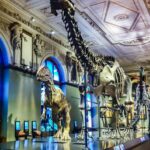

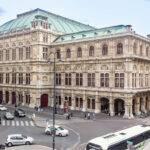
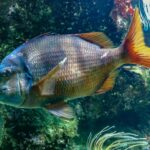
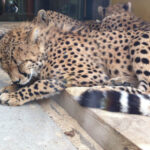
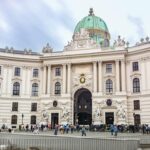
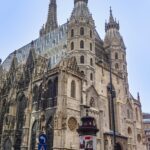
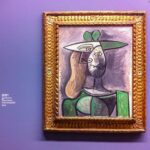
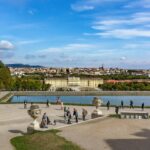
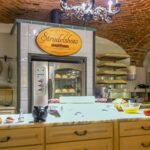
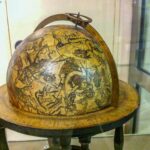
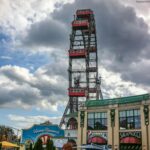
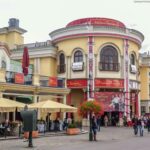
Leave a Reply